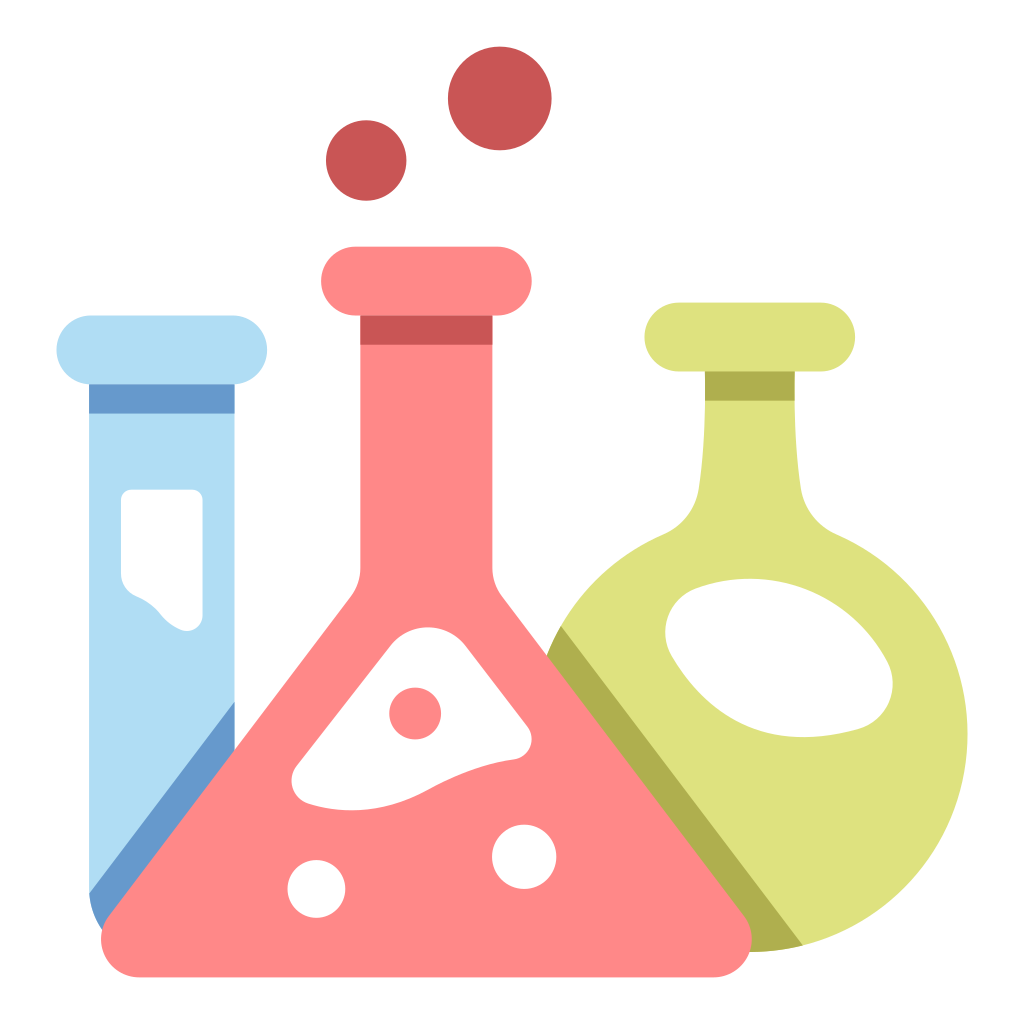e281 Sodium Propionate
Food additive in the category of natural preservatives, obtained by bacterial fermentation. It is epsecially used against yeasts and fungi.
details
These food additives have been used for centuries to preserve food. For example salt (in meat, bacon or dried fish), sugar (in
marmalade) or sulphur dioxide (in wine).
Food additives can be derived from plants, animals or minerals or they can be synthetic. They are intentionally added to foods, to fulfil certain technological purposes. There are several thousand food additives in use, all of which are designed to perform a specific task, usually to make food more durable
or appealing.